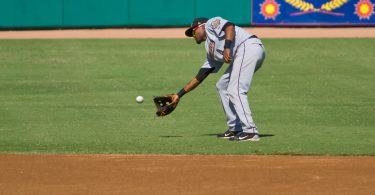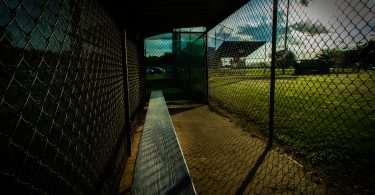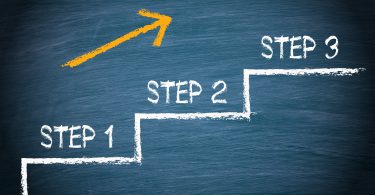You’re interested in playing college baseball, but what are your chances of making it to the next level? While many tout national probability as gospel, it turns out your odds of playing at the next level vary greatly depending on where you live.
If you live in Hawaii and are wondering what percentage of high school graduates from your state play at each college level and where they are playing, you’ve come to the right place. In this article, we team up with our friends at College Baseball Insights to provide you with state-level overview of your chances to play at the next level.
You can see an overview of our resources, methodology, and limitations on our College Baseball Participation Overview Main Page, as well find overviews on other states and regions.
Hawaii
In the table below, you’ll see how many high school players from Hawaii are playing at each level of college baseball, the probability of playing at each college level, and how Hawaii compares nationally and to other states in the West Region. You can see the complete West breakdown HERE.
Where Are They Playing?

Hawaii Players by Division (355)

Image and data credit: College Baseball Insights
The Breakdown
Hawaii may not have the power in numbers that California does, but that doesn’t stop it from owning the highest college baseball participation rates of any state in the nation. Hawaii has a 21.48% overall college baseball participation rate across all levels, a nod to the proud baseball tradition on the islands. Think about that for a second. Nearly a quarter of Hawaii’s 1,653 high school players will move on to play at the next level. Hawaii joins Illinois as the only states above the national average for every major level of college baseball. In fact, the only level where Hawaii isn’t a full percentage above the national average is at the D3 level, where it misses that mark by only .05%. The Aloha State’s state rankings help illustrate just how strong the college baseball pipeline is. Hawaii’s college participation rate ranks 10th for D1 (3.39% versus national average 2.32%), 5th for D2 (3.93% versus national average 2.05%), 16th for D3 (4.05% versus national average 3.10%), 3rd for NAIA (4.54% versus national average 1.54%), and 6th for JUCO (5.57% versus national average 3.30%) among the 50 states. Hawaii has more ballplayers playing in California than it does in-state, a rarity that makes sense given the limited options at home (4 total programs in Hawaii). While the majority of players stay on the west coast, Hawaii state graduates blanket the country from coast-to-coast.
Want to see additional states and regional breakdowns? Find them HERE.
Limitations
This article was written with data and insights from 3rd party sources, College Baseball Insights and NFHS High School Participation Data. Data and insights are subject to revision and/or change. We’ve attempted to display as accurate a picture as possible with the information that is available. Readers should be aware that college baseball roster data is fluid and changes throughout the year. Every attempt is made to reconcile data and keep up with changes, but this article may not reflect the changes or updates from 3rd parties. Insights cannot account for gap year programs, misreported roster information, or other inaccuracies which may slightly alter the numbers and percentages used in this article. Insights are subject to change and are based on best available information.








